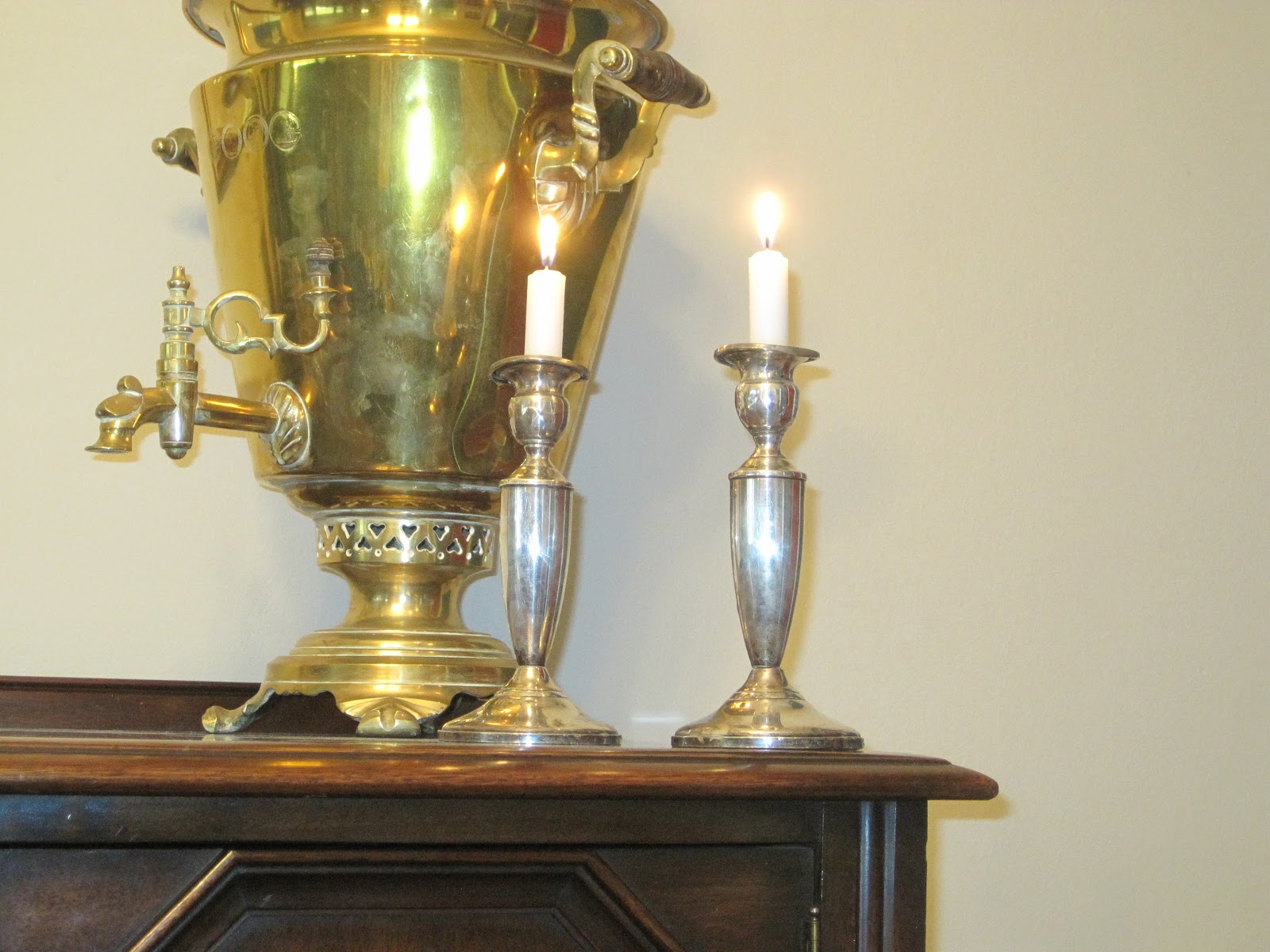A is an Orthodox Jewish lesbian who lives in a sprawling
house in Chicago with many children and animals and occasional others.
She has the longest dining room table I’ve ever seen in a real person’s
house. A and I met several years ago through a mutual friend. I
follow her blog posts with interest.
Hatboxes features a frum woman (“frum,”
Yiddish: פֿרום, related to the German fromm,
meaning "pious" or "devout") coming to grips with major changes in her life, including – maybe –
her sexuality. It's
a film I'd like Orthodox women to see, whether they are lesbian or bi
or questioning or just interested in seeing Orthodox women on film. But really, if it can make one lesbian feel a little less alone, then
maybe it's done its job. However, the likelihood
of Orthodox lesbians availing themselves of a public screening of Hatboxes seems dim in the extreme. Fear of exposure is a powerful deterrent.
 |
| Miriam (Robyn Okrant) in her millinery, Hatboxes |
A had
invited me to come to her house so we could talk about Hatboxes for her blog. We
talked for about 20 minutes, and then I told her that I'd brought a
screener copy of Hatboxes to watch if she wanted to. Good Chassidish woman that A is, she doesn't
have a TV, so she ran it on her laptop. She seemed to like it very much and said she appreciated its restraint and the depth of its respect for frumkeit and the
research that went into the making of the film. She spotted only one small
mistake, but shrugged it off as minor (and no, we’re not saying what it is!).
Otherwise..."It was great!"
I underestimated how anxious I was about A seeing it, both as another artist and as an Orthodox Jew. I
worried that we’d gotten things wrong—big things, like its tone or ethos other
bedrock elements. I was relieved that A responded positively with emotions ranging
from delight to curiosity to wanting to know what happens next.
We'll keep you posted on when the interview runs.
Susana Darwin
Susana Darwin




















